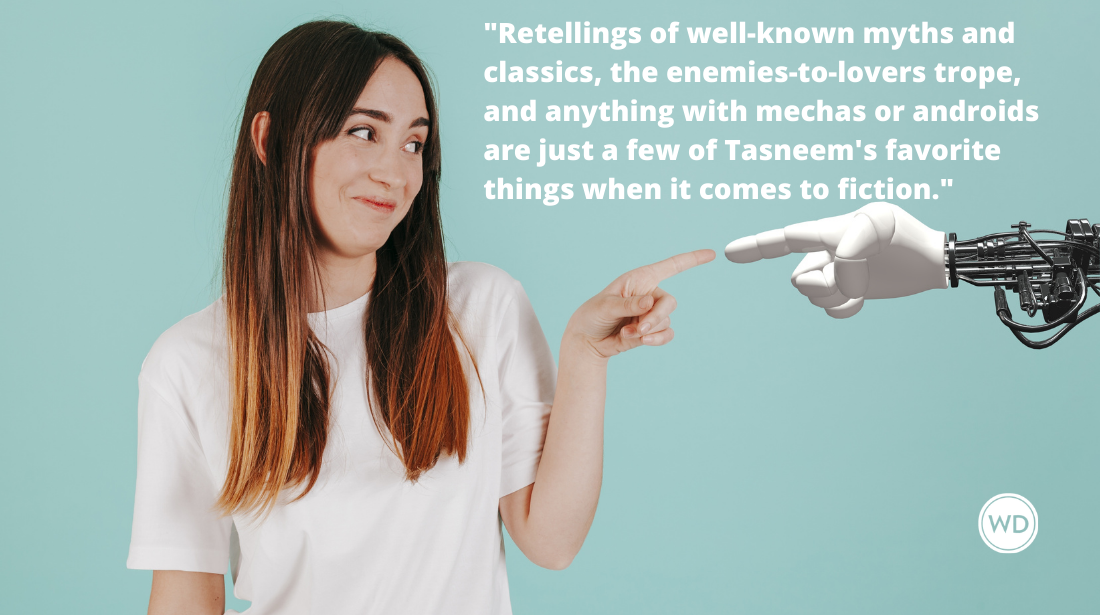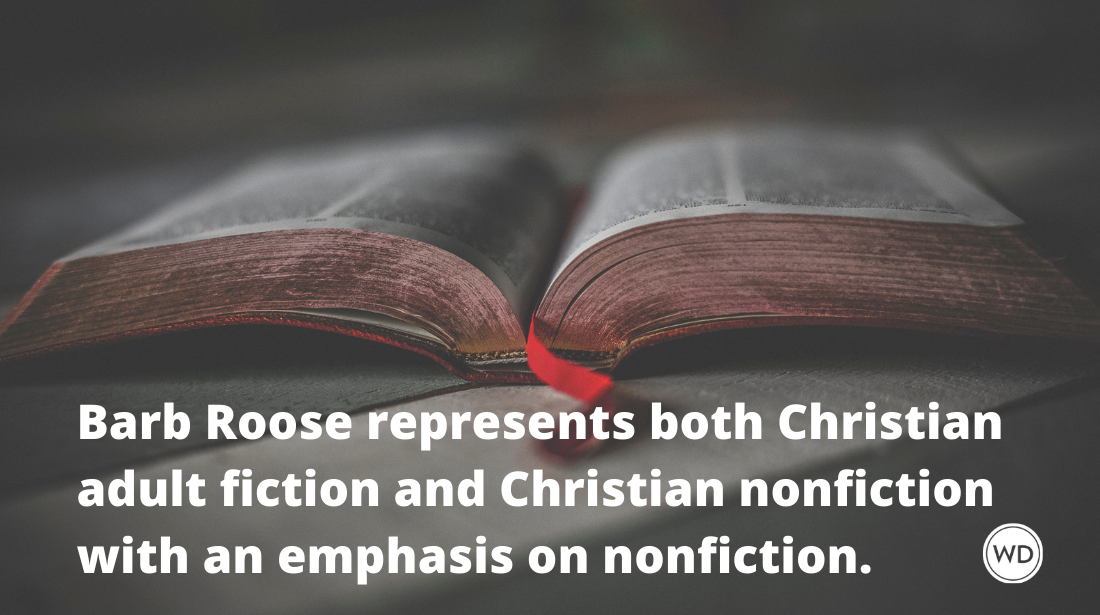Writing’s Most Essential Skill: Keep Them Turning the Pages
Adam Gidwitz, author of A Tale Dark and Grimm, explains how to keep readers interested and turning the pages.
What should you write? How should you judge if you’re any good? How do you choose between two plot paths, two possible jokes, two possible protagonists? Should you aim for high art? Or just high sales figures?
During my first serious attempt to write a novel, these questions plagued me. Every night, I’d lie in bed, and the whirring of the fan was as incessant as my arguments with myself. I’d made a bad choice. No, a good one. This chapter would get me roars from the critics. And yawns from the readers. My old English professor would hate this passage. But that little girl who sits in the front of my class would eat it up like ice cream. What should I do? I have discovered, since those sweaty, tormented nights, a single answer to this host of questions: Keep ‘em turning the pages.
Order a copy of Adam Gidwitz's A Tale Dark and Grimm today.
“Blasphemy!” cries my English professor. “Harlotry!” proclaims The Times.
But it isn’t. It is, rather, the first and most important skill that any writer can learn. Making your reader want to turn the pages—through tension, pace, humor, what have you—is the foundation of effective writing. A writer who can’t make his reader want to keep reading is like a painter who can’t draw accurately, or a composer with no sense of melody. If you can’t make people desire to turn the pages of your book out of sheer pleasure, fear, tension, or joy, then you haven’t written a book that anyone really wants to read.
“Obviously,” most aspiring authors agree. “We all want to write words that make our readers gasp and giggle and sigh. The question is, How?”
HOW TO KEEP READERS TURNING PAGES
Here’s my method: Write with a friend, or a student, or even a critic, in mind, and think about how you could make that person want desperately to read every single page of your book. What can you put on that blank page that will make her devour it? And what can you put on the next page that will make her flip to it with such alacrity the ivory paper begins to tear near the binding? Choose a tough-minded friend, critic, student. Choose an honest one. Someone whose taste you respect and share, but not someone who would flatter you or laugh at just anything. Since I’m a teacher, and I write for young people, when I’m writing I try to keep in mind my smartest, most disruptive students; the ones who demand to be engaged on every level of their imagination, intellect, and emotions. The ones who want to answer every question when the lesson’s good, and are writing unflattering limericks about me when it’s bad. If I can keep those kids engaged, the rest are a piece of cake.
(Quick note: Keeping the pages turning does not mean death-defying action, which must be used sparingly, or the reader will get just as bored as if you didn’t use it at all. Sometimes it’s humor that keeps these tough readers gripped. Other times it’s high tension. Other times, it’s a tender scene—but, in my estimation, these should be used even more sparingly than action.)
To be a writer, you’ve got to be empathic, because you’ve got to be able to picture that friend, that critic, that student, and imagine how he or she would react to what you’ve written. Once you’re doing that—once you’re making that imagined image of that person laugh and gasp and sigh in your head, you are on the high road to success. The next step, of course, is finishing your manuscript, giving it to that person, and finding out if you were right. If you were, if you wrote something that a tough, smart individual genuinely loved, you are no longer a writer. You are an author.
Adam Gidwitz is the author of A Tale Dark and Grimm, adebut that was named a Best Children's Book of the Year by PublishersWeekly and School Library Journal, an Editor's Choice by The NewYork Times, and was selected as an ALA Notable Book. In addition to writing, Adam teaches second grade, fifth grade, and high school in Brooklyn, NY. See the book trailer here.See his author website here.







